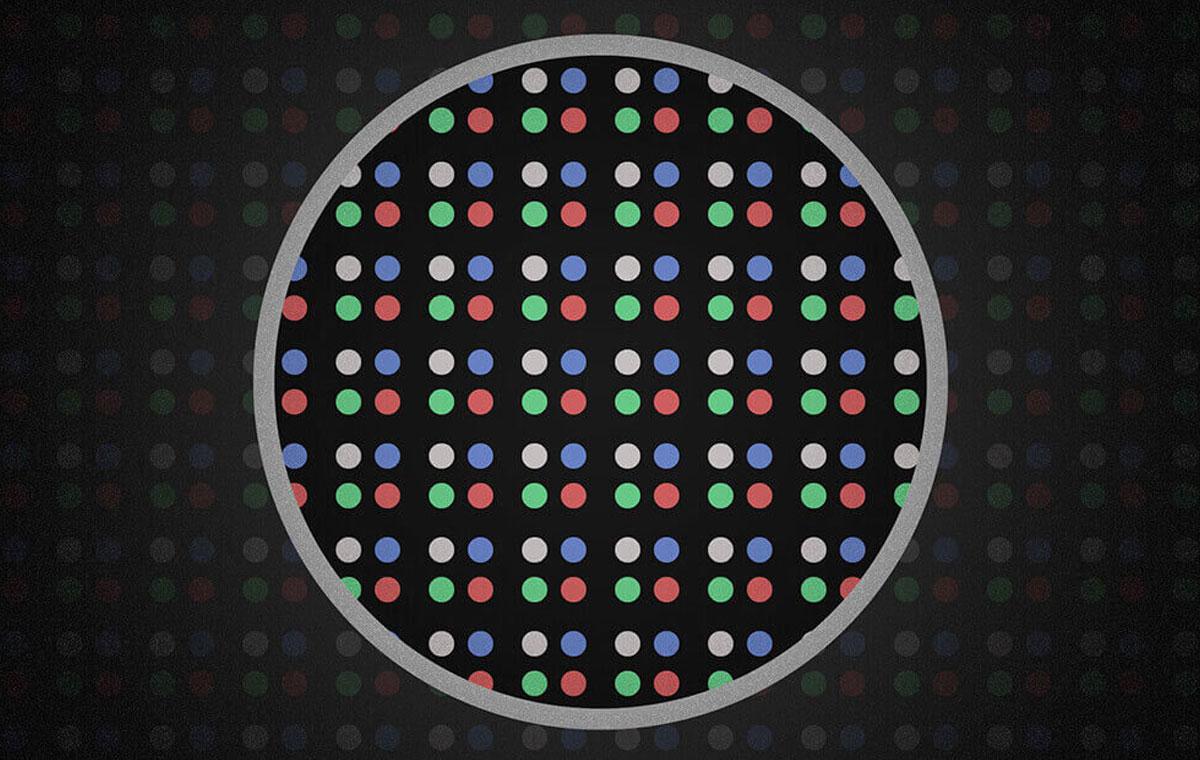Led Pixel pitch is a crucial factor to consider when selecting an LED display or similar technologies. This article provides a comprehensive guide on Led pixel pitch, focusing particularly on its relationship with viewing distance.
What is Led Pixel Pitch?
Led Pixel pitch refers to the distance between the centers of adjacent pixels on an LED display, measured in millimeters. It is also known as dot pitch, line pitch, phosphor pitch, or stripe pitch, all of which describe the spacing within a matrix of pixels.
Led Pixel Pitch vs. Led Pixel Density
Pixel density, often measured in pixels per inch (PPI), indicates the number of pixels within a linear or square inch of an LED device. A higher PPI corresponds to a higher pixel density, which generally means a higher resolution.
Choosing the Right Led Pixel Pitch
The ideal pixel pitch depends on the specific needs of your system. A smaller pixel pitch enhances resolution by reducing the space between pixels, while a lower PPI suggests a lower resolution.

Impact of Pixel Pitch on LED Display
A smaller pixel pitch results in higher resolution, allowing for sharper images and clearer borders when viewed from closer distances. However, achieving a smaller pixel pitch typically requires a more expensive LED display.
Selecting the Optimal Led Pixel Pitch
When choosing the right pixel pitch for an LED video wall, consider the following factors:
Board Size: Determine the optimal pixel pitch by dividing the horizontal dimension (in feet) of a rectangular board by 6.3. For example, a 25.2 x 14.2 foot board would benefit from a 4mm pixel pitch.
Optimal Viewing Distance: Divide the desired viewing distance (in feet) by 8 to find the optimal pixel pitch (in mm). For instance, a 32-foot viewing distance corresponds to a 4mm pixel pitch.
Indoor vs. Outdoor Use: Outdoor screens typically use larger pixel pitches due to longer viewing distances, while indoor screens require smaller pitches for closer viewing.
Resolution Requirements: Higher resolution needs typically require smaller pixel pitches.
Budget Constraints: Consider the cost implications of different pixel pitches and choose one that fits within your budget while meeting your needs.
Common Pixel Pitch Measurements
Indoor Screens: Common pixel pitches range from 4mm to 20mm, with 4mm being optimal for close viewing in retail or office environments.
Outdoor Screens: Outdoor LED display typically use pixel pitches between 16mm and 25mm, with smaller signs using around 16mm and larger billboards using up to 32mm.
Post time: Jun-25-2024







